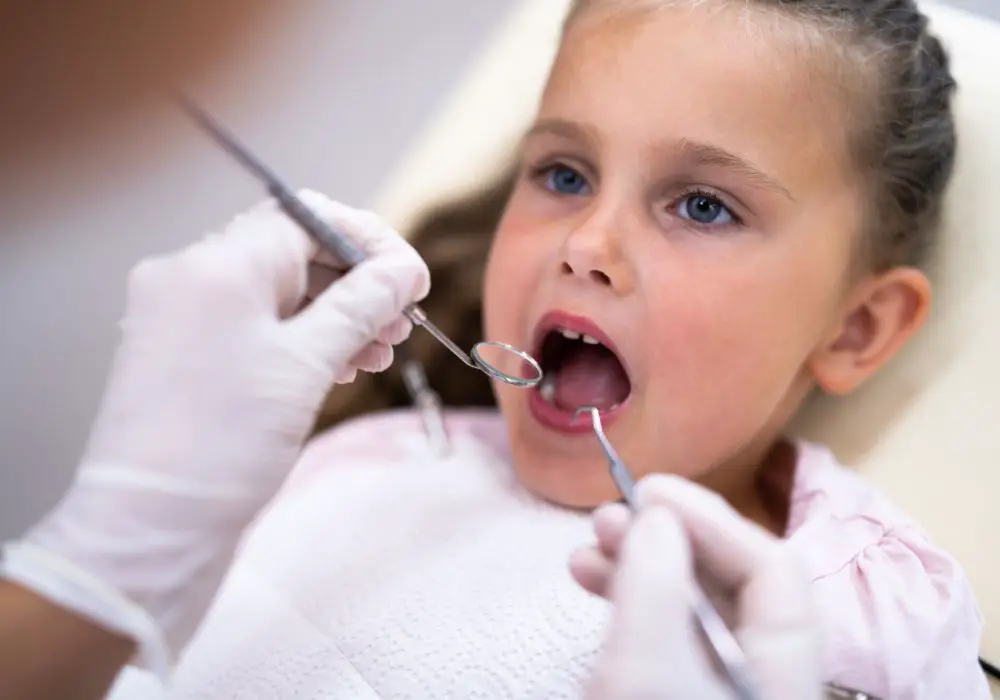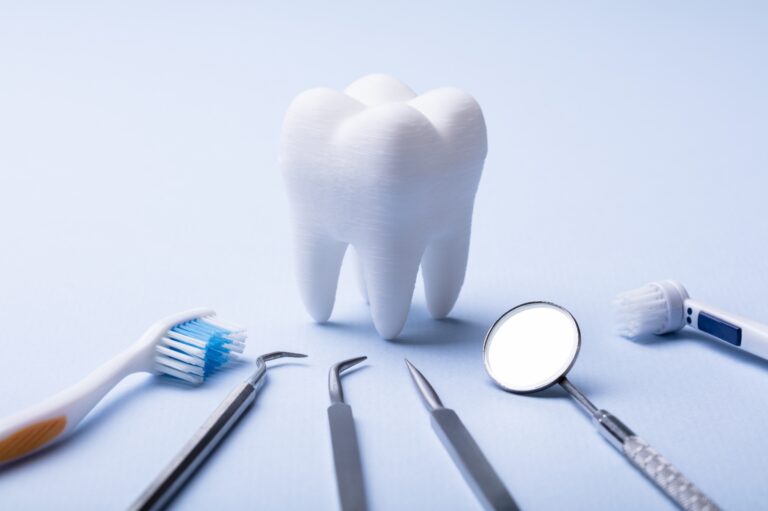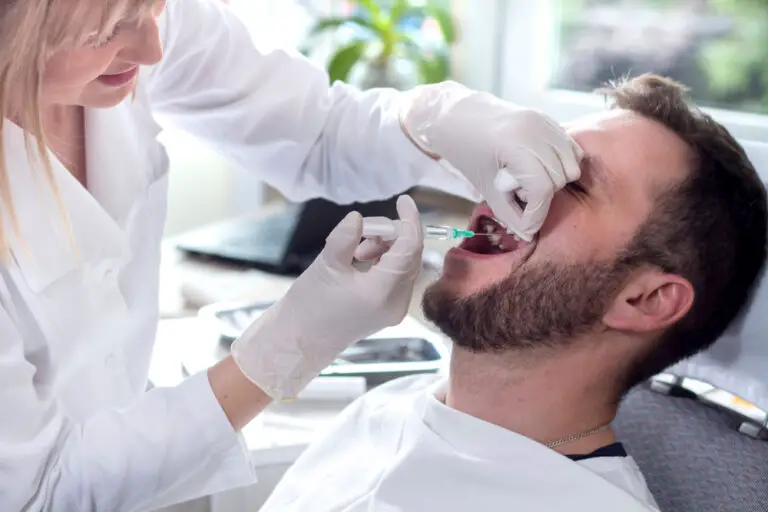In the vast and remote landscapes of Alaska, accessing healthcare, including dental services, presents unique challenges, especially for those living in rural areas. As the largest state in the U.S. by land area, Alaska’s terrain and isolation can make it difficult for residents to access essential dental care services. In this guide, we explore the intricacies of dentistry in rural Alaska, addressing key aspects from accessibility to specialized care.
Understanding the Landscape
Alaska’s rural regions are often characterized by sparse populations spread across vast distances. Remote villages and towns are frequently inaccessible by road, relying on air travel or seasonal waterways for transportation. This geographical isolation poses significant barriers to accessing essential healthcare services, including dental care.
Challenges of Access

1. Geographical Challenges: Navigating Alaska’s Remote Terrain
Alaska’s rural landscape is characterized by its rugged terrain, vast distances, and often harsh weather conditions. Many communities are isolated, accessible only by air, water, or seasonal roads. This geographical isolation presents significant challenges for accessing dental care. Residents may have to travel long distances to reach the nearest dental clinic, and inclement weather can further impede transportation, making routine dental appointments difficult to maintain.
2. Limited Access to Dental Services: Overcoming Barriers to Care
In rural Alaska, the scarcity of dental clinics and oral health professionals compounds the challenge of accessing care. Many remote communities lack resident dentists, relying instead on periodic visits from traveling dental teams or mobile clinics. These services, while valuable, may not be available year-round, leading to delays in treatment and preventive care. Moreover, the high cost of establishing and maintaining dental practices in remote areas can deter practitioners from setting up permanent clinics.
3. Cultural Considerations: Understanding Community Needs
Cultural factors also play a significant role in shaping oral health practices and attitudes toward dentistry in rural Alaska. Indigenous communities, such as Alaska Natives and Native Americans, have unique cultural traditions and perspectives on healthcare. Building trust and understanding cultural sensitivities are paramount for dental practitioners working in these communities. Respect for traditional healing practices and collaboration with tribal health organizations can help bridge cultural gaps and ensure culturally competent care.
Limited Infrastructure: Dental clinics in rural areas may be scarce and lack the advanced equipment and facilities commonly found in urban practices. This limitation can impact the quality and scope of dental treatments available to residents.
Shortage of Dental Professionals: Rural Alaska faces a shortage of dental professionals, including dentists, hygienists, and specialists. This shortage further exacerbates the challenges of accessing timely and specialized dental care. Of course, you will find a professional family dentist in Anchorage easily, but the rural part of Alaska is facing a giant shortage.
Overcoming Challenges

Despite these challenges, efforts are underway to improve dental care access in rural Alaska:
- Mobile Clinics: Mobile dental clinics equipped with basic dental tools and equipment often travel to remote communities, providing essential dental services directly to residents.
- Telehealth Services: Telehealth initiatives leverage technology to connect patients in rural areas with dental professionals remotely. Through virtual consultations and tele-dentistry, patients can receive guidance, assessments, and even certain treatments without traveling long distances.
- Community Health Aides: In some rural Alaskan communities, trained community health aides provide basic dental care services, including screenings, cleanings, and education on oral hygiene practices.
1. Innovations in Rural Dentistry: Adapting to Local Realities
Despite the challenges, dental professionals in rural Alaska have pioneered innovative approaches to expand access to care and improve oral health outcomes. Tele-dentistry, for example, leverages technology to connect patients in remote areas with dental providers through virtual consultations and remote monitoring. This enables timely assessment, diagnosis, and treatment planning, reducing the need for extensive travel.
2. Community Engagement and Education: Empowering Residents
Empowering residents with knowledge about oral health and preventive practices is essential for improving dental outcomes in rural Alaska. Community-based initiatives, such as oral health education programs and school-based screenings, play a vital role in raising awareness and promoting healthy behaviors from an early age. By engaging community members as partners in oral health promotion, stakeholders can foster a culture of prevention and early intervention.
3. Collaborative Partnerships: Fostering Integrated Care Networks
Collaborative partnerships among dental providers, healthcare organizations, and community stakeholders are fundamental to addressing the complex oral health needs of rural Alaska. By pooling resources, sharing expertise, and coordinating care delivery, these partnerships can enhance access to comprehensive dental services and facilitate continuity of care for patients across vast distances. Integrated care models that incorporate dental services into primary care settings can also streamline access and improve care coordination.

Cultural Considerations
Understanding the cultural dynamics of rural Alaskan communities is crucial for providing effective dental care:
- Cultural Sensitivity: Healthcare providers must be culturally sensitive and respectful of Alaska Native traditions and customs when delivering dental care services.
- Language Barriers: In many rural communities, English may not be the primary language spoken. Providing dental education and services in local languages helps bridge communication gaps and fosters trust within the community.
- Incorporating Traditional Practices: Integrating traditional healing practices and indigenous knowledge into dental care approaches can enhance cultural relevance and acceptance among Alaska Native populations.
Final thoughts
In conclusion, dentistry in rural Alaska presents unique challenges shaped by geographical, cultural, and resource-related factors. However, through innovation, community engagement, and collaborative partnerships, stakeholders can work together to overcome barriers and improve oral health outcomes for residents across the state. By prioritizing preventive care, leveraging technology, and fostering cultural competence, dentistry in rural Alaska can continue to evolve and adapt to meet the diverse needs of its communities. Together, we can ensure that every Alaskan has access to the quality dental care they deserve, regardless of where they call home.






